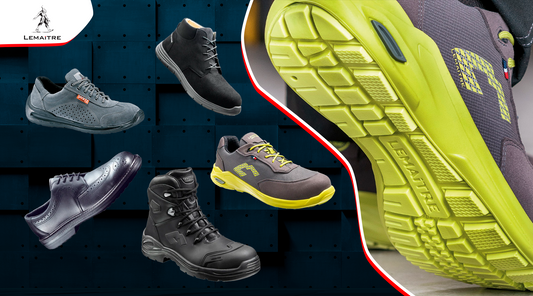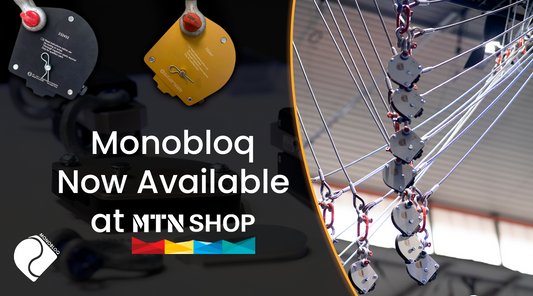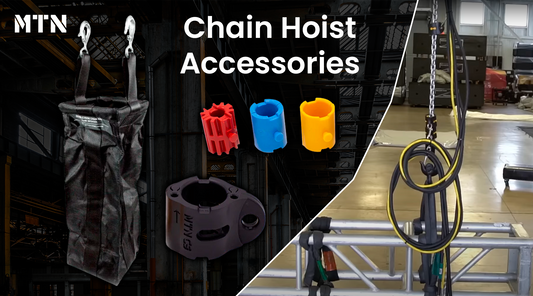Follow These Best Practices to Ensure Optimum Scaffold Safety
Falls present the greatest danger when it comes to construction work and is currently the leading cause of accidental death in the industry, accounting for half of all workplace injuries. To prevent serious and potentially life-threatening injuries from occurring, workers must take all practical steps to prevent danger when working at height. It’s important to note that there is no distinction between low falls and high falls: these precautions must be taken when working at any height.
When work at-height is not carried out through rope access, such work necessitates a working platform. Working platforms are virtually any surface from which you carry out work, including but not limited to a roof, scaffold, gangway, or trestle. Such a surface then becomes a safe working platform when you cannot fall off or through it or when measures have been taken to mitigate falls.
What is Scaffolding?
Before discussing scaffolding safety, let's start with 'What is a scaffold?'
According to OSHA, a scaffold is an elevated, temporary work platform. There are two basic types of scaffolds:
- Supported Scaffolds: Consist of one or more platforms supported by rigid and load- bearing members, e.g. poles, legs and frames
-
Suspended Scaffolds: With one or more platforms suspended by ropes or other non-rigid, overhead support.
- Falls from elevation due to lack of fall protection.
- A collapse of the scaffold, caused by instability or overloading.
- Being struck by falling tools, work materials, or debris.
- Electrocution, due to the proximity of the scaffold to overhead power lines.
You can actually mitigate these hazards and create a safe work environment by following the scaffolding best practice.
5 Scaffolding Safety Tips
#1 Conduct Risk Assessment
Most understand the necessity of scaffolding inspection.
However, before you start doing any work on a scaffold or other work platform, it’s important to conduct a proper risk assessment. This is a careful examination of any potential harm that could occur as a result of the work activity. Understanding the risks allows you to take the necessary precautions to prevent any harm from occurring.
How to conduct a risk assessment?
- Look at all potential hazards.
- Decide who might be harmed and how.
- Evaluate risks and existing precautions—are these adequate or do you need more?
- Keep a record of assessment.
Other things to consider:
- Equipment to be used.
- Location, duration, and environment of work.
- Condition and stability of work surfaces.
- Capabilities/experience of workers.
#2 Carry out Scaffolding Inspection Prior to Use
Now, it comes to the working platforms that must be inspected by a competent person prior to use. A “competent person” is defined as someone who is able to identify hazards and has the authority to eliminate them. A scaffold inspector must take care of the following:
- Before each work shift and after any occurrence that can affect the structural integrity, a competent person must inspect the scaffold and scaffold components for visible defects and authorize prompt corrective actions.
- To inspect ropes on suspended scaffolds prior to each work shift and after every occurrence which could affect the structural integrity and to authorize prompt corrective actions.
- To inspect manila or plastic (or other synthetic) rope being used for toprails or midrails
- All work areas are fully planked and decked with scaffold boards.
- All guardrails are installed OR adequate alternative fall protection is provided.
- The scaffold is secured to a permanent structure correctly.
Because scaffolds are not permanent structures, care must be taken by workers both constructing these temporary work platforms and those that will be working on and around them.
To make your work simpler, please download the scaffold inspection checklist part one and part two. The checklists cover regulations issued by the U.S. Department of Labor, OSHA.
When building scaffolding, it is of the utmost importance to use the best building tools and materials. Doughty Engineering is at the forefront of rigging, suspension, and lifting equipment.

Scaffold Double Coupler (Fixed 90 degrees to each other)

Scaffold Swivel Clamp (Allows 360 degrees of rotation)
Their scaffolding couplers are built for the rigorous conditions of scaffold work. Check the full line of scaffold clamps on the US and EU sites.
Additionally, Doughty’s scaffold spanner is designed to suit their entire range of scaffold clamps. While it was originally designed for roofing applications, Estwing’ German-Style Latthammer is the perfect tool (and preferred hammer) for erecting scaffolding that meets safety requirements.

Doughty Scaffold Spanner

#3 Use Fall Protection and Guardrails
As stated above, there is no distinction between low falls and high falls. No matter how high or how low you are off the ground, falls can be serious, both in terms of workers and their tools. Platforms with toe boards and guardrails (refer to the scaffolding structure below) provide a safe work environment as they mitigate the risk of falling.

In addition to guardrails, workers working at height should also use a personal fall arrest system. Checkmate Scaffold Kit, for example, includes a full-body safety harness, a shock-absorbing lanyard, and a storage bag. Our latest FA2 Fall Protection Kit is definitely your Budget, Safe and Convenient Choice.

You can also browse our full range of fall protection gears to find the right personal protective equipment for you.
#4 Secure Scaffolding Tools & Work Materials
Besides keeping yourself secure, don't forget to keep your tools secure at all times. Dropping a hammer from any height, for instance, puts anyone on the ground at risk. Drop prevention products add an additional layer of safety to your scaffold work.
For lightweight tools, the slim pull away wristband keeps your gear close at hand. For heavier tools, Python Safety’s Hook2Loop Medium Duty Bungee Tether is a durable option for gear up to 15 kilograms.

Slim Pull Away Wristband

Hook2Loop Medium Duty Bungee Tether
#5 Adhere to the Scaffold’s Load Limits
Scaffolds are highly engineered products that are specifically designed to support a specific load when constructed in a certain position. Overloading, along with improper assembly or faulty parts, puts the structure at risk for collapse/overturning.
When working, be sure to follow the manufacturer’s instructions regarding loading. You must consider the weight of both the workers and materials. It’s also important to consider buildings or structures that may be used to support the scaffold.
Additional Scaffolding Safety Tips
Unique work conditions may call for additional safety measures. Those working in winter conditions, for example, face different challenges than those working in the heat. Anyone working in whiteout conditions or in the dark can benefit from high visibility clothing.
For gear that will keep you safe while working on scaffolds, view our full range of products at shopmtn.eu.



